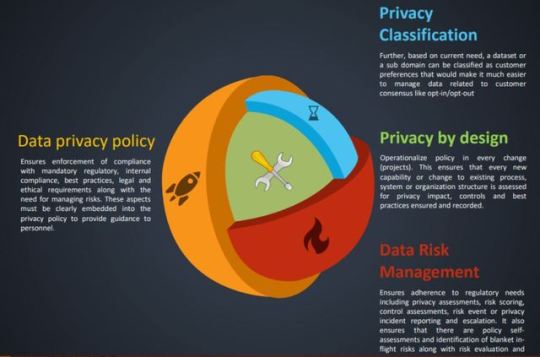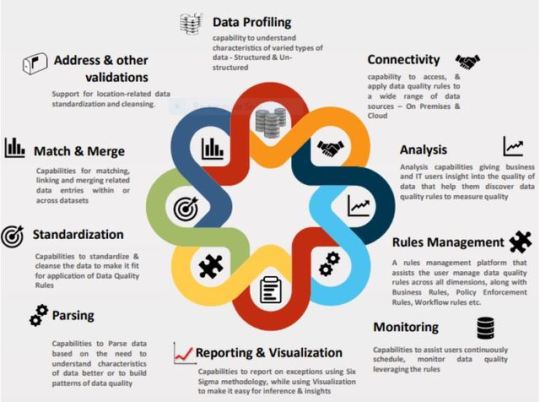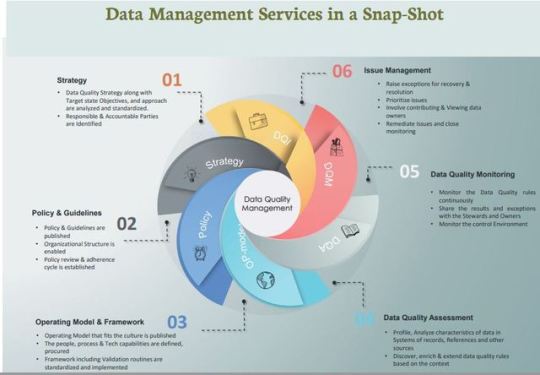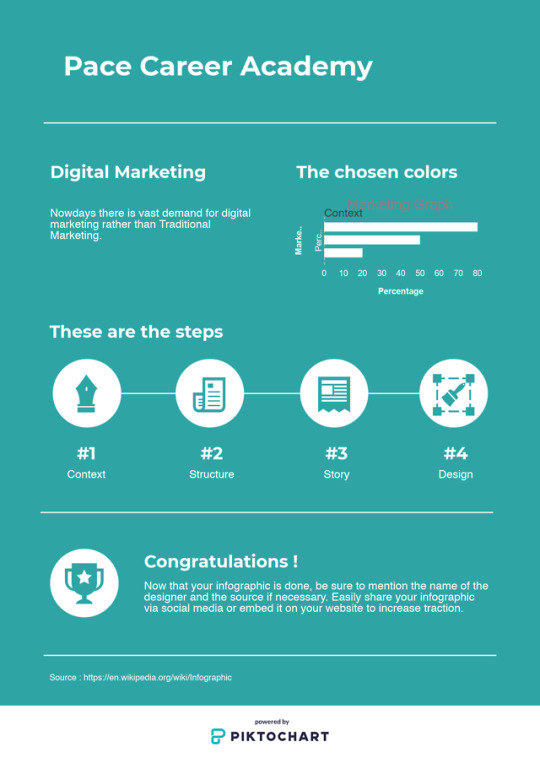Don't wanna be here? Send us removal request.
Text
Metadata Management
About Metadata
https://dattamza.com/
Metadata in actual terms is defined as “a set of data that describes and gives information about other data.” Metadata can be classified as not only into Business and Technical Metadata but also operational metadata.
Every organization has started embracing the benefits of understanding what a field within their hundreds of databases really mean, where is it in the data lifecycle and does it end in this organization or elsewhere. But where they stand in maturity differs based on capabilities (people. process, technology), the inference of benefits, funding models primarily organization culture.
A firm will be looking at diverse stakeholders in an organization varying from IT, Regional Operations, Global Operations, executive leadership and Board along with diverse processes and systems that need not be in harmony (rationalized).
Standardizing Metadata as a service will assist the organization in pushing or pulling the service capabilities to their needs or benefits, in an organized methodology.
The current state of many firms when analysed by Dattamza, shows that there is a need to emphasize "service promotion" activities. This brings about a cultural change of “Managing Data as an Asset” as it is being trickled into the organization through Grassroots.
The awareness handshakes should vary based on the stakeholder groups while you wouldn’t want to pitch the word Metadata which often gives a technical flavour, to users and operational front end staff. It is preferable to use “Business Terms or associated characteristics” to mean data elements and related Metadata.
Integrating Metadata with Data Lifecycle
Data has a lifecycle, POSMAD, (Plan, Obtain, Store/Share, Maintain, Apply, and Decay) which helps us understand the lineage of the Business terms -
· Where it comes from?
· Which processes does it apply to?
· Who uses the Business term?
· Which systems leverage the data element – storing, sharing, transforming and decaying?
· Who are the data owner and the data steward?
There are multiple questions that can be answered by attributes of metamodels when viewed visually. This makes the data landscapes as simple as a Tube map. The organizations can then start digitizing the same while pushing them through BYOD as well (far-fetched).
Metadata have a lifecycle that needs to be aligned with Project Management, Transformation and Risk management lifecycle. But, do you have a standard framework that can facilitate the capture of these aspects in the right phase of a project.
Some common challenges in leveraging Metadata Management, in your organization?
1. Have you identified the Data owners or at least the SMEs who can be responsible for Business terms and can provide information about the business term with ease? How are policy and Governance poised to enforce this? 2. Do you have the Business Data stewards, who can assist with stewarding the data while also empowering the data owners and usage of this good information? 3. Are you looking at Business terms used in every region with a different name, but are you capturing the synonyms, to ease the usage, globally? 4. Is Metadata Management bridging the gap between regional operations, global operations and IT?
Business Analysis is poised to enable this communication but Metadata Management comes with enablers that can push this aspect with accelerated pace. 5. Do you have a forum today where all the relevant stakeholders can be brought to a common understanding of what they understand of a business term before publishing?
0 notes
Text
Data Risk Management Services
https://dattamza.com/
Data Governance enables the organization to harness the right data for purpose of raising an organization’s confidence and trust in their data. There is a definite value associated with leveraging the right data for business functions. At the same time, there is also risk related to data and its operations. This risk is a business risk and should be business owned, as is the Value.
· What do a zero appetite for privacy incidents and loss of price-sensitive data mean to data management and Governance?
· How often do your organizational risk priorities, appetite, tolerance and limits change – annually or bi-annually?
· What is driving Data Governance adoption – Risk or Value?
Consideration of assessing and managing the risk associated with data and related resources often take a backstage in an enterprise risk management strategy. Shortly, we will look into the synergies required between Data Governance and risk functions to enable a holistic management of risk related to data. Data Governance is already a new normal in most enterprises as is demanded by regulations like BCBS 239, GDPR, EU No 1024/2013, EMIR, MiFID2, etc. The regulatory landscape is fast changing with much legislation providing future guidance on controlling risks associated with data.
Regulation and compliance are major drivers for enterprises to adopt risk management in Data Governance. The other leading driver is the need to prioritize and manage data associated with high regulatory, financial or operational risk. These multiple drivers necessitate the blend of Data management, Risk management, and Data Governance principles which further bring up several questions as below
· Is risk management an integral component of your Data Governance division? Or does your risk governance take into account data management principles? How do these work in tandem?
· Have you considered addressing gaps and overlaps between risk and data functions of governance?
· Have you accounted for risks that are considered a priority for your organization and have you cascaded these risks to your Data Governance operational frameworks to reflect these priorities?
· Does your data tiring framework take into account risk parameters apart from value parameters?
· How differently do you manage data that is high risk/high value of the medium and low risk/value?
Where does risk management associated with data fit in the organization?
From this discussion arises one other question; “Does data risk management align with Data Governance division or Chief Risk Office.” Risk Management needs to be an integral dimension of Data Governance for which policy needs to be defined in close coordination with the enterprise risk function. But, accountability needs to be provided to a sustainable, standalone function within the risk office. Further, extract responsibility from accountability and maintain management review in aligning Data Governance in view of risk with enterprise objectives.
Data Governance is the only existing pillar in most organizations to ensure successful and sustainable management of data as an enterprise asset by enforcing, formalizing, and enabling data management practices. Data Governance further defines oversight by establishing policy, approval mechanisms and evaluation of adherence to policies. It is the responsibility of the division to ensure business functions take responsibility and accountability for maintaining data quality, metadata, content, compliance, and source the right data. Do you see many gaps in operationalizing these well-needed aspects of Data Governance?
Today, there is a pressing need for the organizations to have an approach that will allow the data risk management function identify the focus areas to manage risks and govern data effectively. There arises a question –
· Should these focus areas arise from Risks identified while tracing them back to processes?
· Or should the enterprise goals be cascaded forth to processes and identify the focus areas?
It is ideal to amalgamate the best practices of Risk identification with Goals cascade, to identify the scope of Risk Management focus areas, within an enterprise.
0 notes
Text
Data Quality Management Services
Is Quality Data a business enabler or a risk enabler?
https://dattamza.com/
Most organizations like yours, are mature in their data quality and Governance practices, to meet their Enterprise goals. But, are you able to meet your compliance needs and reduce operational risks at the scale you intend to?
A data quality service can be well defined with a set of service domains including Service set up, service promotion, service usage, service protection, service monitoring & improvement.
Quoting an example, data quality services would have been initiated and grown in-organically based on the "then needs" of your organization to realize the complete value of data, reduce data issues and meet regulatory needs. But, the recent organizational - internal and external drivers necessitating “management of data as a meaning” along with “simplification of data landscape” and “aligning with Risk management” are pushing the need for maturity in Data Quality management.
Sustaining Data Quality while integrating it into daily data operations in a way that these services are not perceived as an overhead, is key to the success of the data office
CHALLENGES IN ADOPTION OF DATA QUALITY SERVICES
· Further challenges most organizations are facing today are detailed below. Dattamza performs a survey of the challenges every year in the industry.
· Most of the organizations take a value-driven approach to data quality management but fail to understand that the Risk-based approach is also required, in the interest of Enterprise goals. Currently, Data Quality Risks are not identified actively by the Business divisions.
· Awareness of data Quality is a major challenge for Enterprises. With awareness comes adoption and enablement of trust in the data that is being used.
· Project Governance structure along with well-defined artifacts at every stage, in a change lifecycle, need to be defined. This has limited adoption across divisions and needs to be enforced through Data Governance, risk management, and PMO standardization.
· There is a need for continuous enhancement of services, frameworks, and thresholds to complement the current needs of stakeholders, organizations, challenges.
HOW CAN WE HELP YOUR FIRM GET PAST THESE CHALLENGES?
Most of the challenges can be overcome by re-discovering and standardizing the current data quality management process. Also, with the right assessment plan that is endorsed by the executive leadership on the measurement of the benefits, is much required. There is a need for a target operating model that consists of discrete functional modules that collaborate through service calls but would not take months of personnel hours in establishing the same. Connect with us today to understand your needs better while either kick-starting or standardizing your data quality management.
0 notes
Photo

Data Risk Management
https://dattamza.com/
0 notes
Photo

Data Quality services
https://dattamza.com/
0 notes
Photo

Data Management services
https://dattamza.com/
0 notes
Link
Data Architecture Management
0 notes
Link
Metadata Management
0 notes
Link
Data Quality services
0 notes
Link
Data Management services
0 notes
Text
5 Ways to Extend Your Android Smartphone’s Battery Life
5 Ways to Extend Your Android Smartphone’s Battery Life
Smartphone batteries don't last forever, and some devices have an almost-embarrassing screen-on time. Those big, luscious AMOLED and LCD screens and taxing apps are an obvious drain on your battery, but there are lots of things you can do behind-the-scenes to make your Android last longer. Let's explore how to increase battery on your smartphone.
How Android batteries work
First, some background: most smartphones have either a lithium-ion battery or a lithium-polymer battery. Both are actually lithium-ion though, and as such, do not have a 'memory', which means you can charge them from any level – you don't have to fully discharge them before charging them up – and you don't have to charge them all the way to 100 percent.
In fact, these types of batteries suffer from low voltage problems, so it's actually better to partially charge them (say, from 20 percent to 90 percent) than to fully charge and fully drain them. Battery care is always open for debate though, so for every accepted tip there will be someone that says it makes no difference. Just find the ones that work for you and you can increase battery on your Android device.
To our chagrin, most devices released nowadays don't have removable batteries. This looks like it won't change anytime soon. And despite most of them being close to 3,000 mAh they still need to be optimized, especially for demanding new games. Take advantage of some of the tips below and really get the most out of your smartphone.
1. Black wallpaper can increase battery
If your phone has an AMOLED screen (like most Samsung devices), use a dark-colored background. Black wallpaper can increase battery life because AMOLED screens only illuminate the colored pixels. Black pixels are unlit, so the blacker pixels you have, or the darker pixels, the less power is needed to light them up.
To download a completely black wallpaper, tap the link here.
· Now, save the picture and go into your Settings.
· From there tap Wallpaper hit Choose wallpaper and scroll down to Gallery.
· You should be able to find the black wallpaper you just saved.
· Hit set to wallpaper and lock screen.
2. Doze Mode
Doze mode has been around since Android Marshmallow, but has been improved with newer Android versions. Before, Doze would only work when the smartphone has been stationary for a while. But now, it can also work when it's being moved around (in your bag or pocket while you're on the go, for example). The screen just needs to be off to work.
Doze mode essentially just shuts down things you're not using depending on how long it has been since you've touched your phone. Network connection is severed and syncing only happens during specific intervals. When you're away from your phone even longer, more things are stopped, like GPS, Wi-Fi scanning and all syncing.
3. Turn off Google Assistant
Stop your phone from always listening. Google Assistant is a fantastic and often very functional feature. The problem is that it can wreak havoc with your battery. Especially if you don't actually use it or only use it occasionally.
Go into Google>Search from your Settings menu and tap Google Assistant>Settings heading. On the next page, select your device and toggle off Google Assistant for longer battery life.
4. Don't let your apps fall behind the times
Keep your apps updated. There's a reason developers constantly update apps, and most of the time it's for memory or battery optimization. Keeping your apps updated also means you have the best optimizations available. Likewise, delete old apps you no longer use, because these may be running background processes that chew up RAM and battery life.
Once you've ensured your apps are up-to-date you can go through them individually and check if they're optimized for battery life. This can be done quite quickly. Just go into your Settings and tap Battery. From there hit the menu button (three dots at the top right of your screen) and go to Battery optimization. From there you can see which apps are optimized and change them. You can only change the non-essential system apps. Watch the video below to see how this is done.
5. Use Greenify
Unlike many Android apps that claim to optimize performance and increase battery life, Greenify actually works. Greenify allows you to put other apps into hibernation when they aren't in use, preventing them from operating in the background.
This frees up system resources and boosts battery performance, but requires a bit of thought. For Greenify to be effective you can't just hibernate every installed app. But since there are a lot of Android apps that perform actions you don't know about, or necessarily want, this is a useful tool.
References :
https://www.androidpit.com/how-to-save-battery-life
0 notes
Photo

Pace Career Academy Digital Marketing
0 notes
